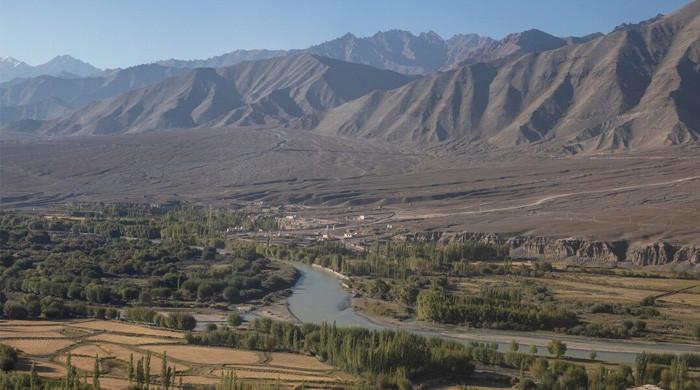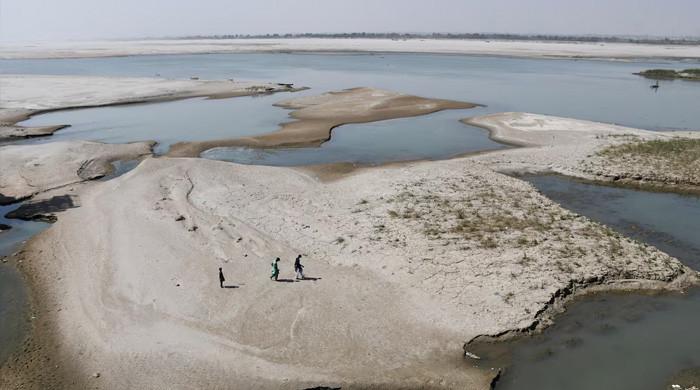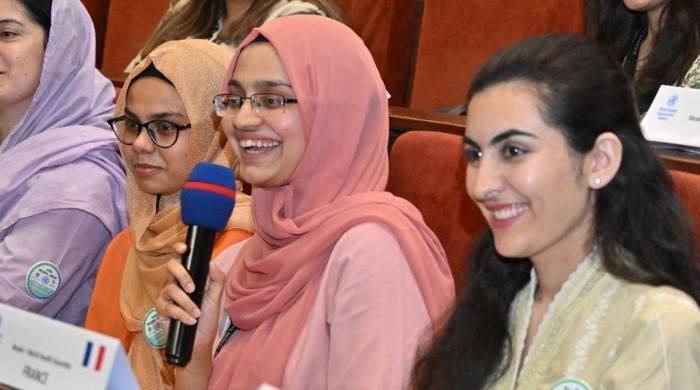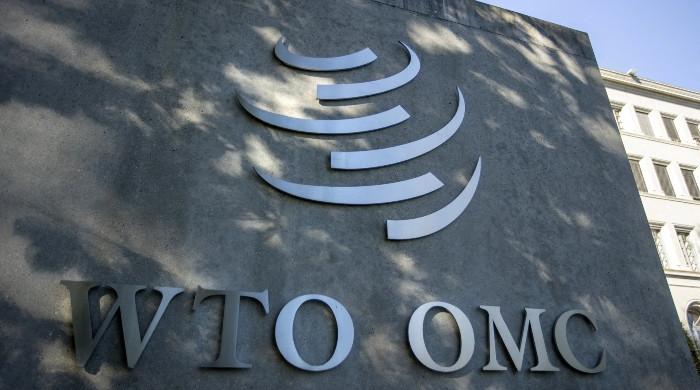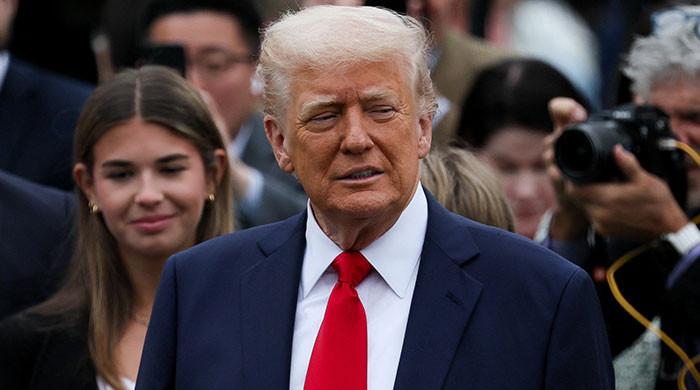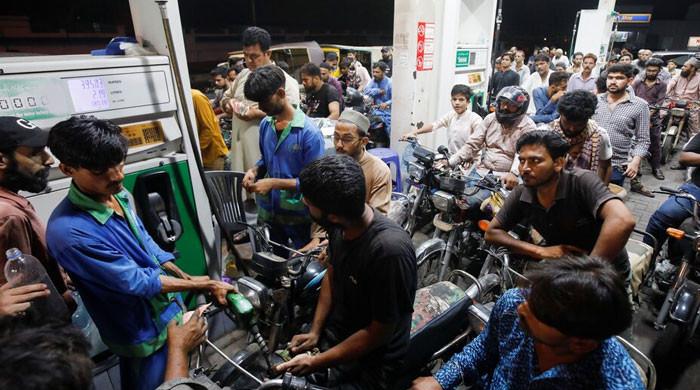Post-2016: What options does Pakistan have?
The post-2016 regime in Pakistan behaved incredibly responsibly in handling the fallout from India’s Balakot attack in February 2019
July 05, 2022
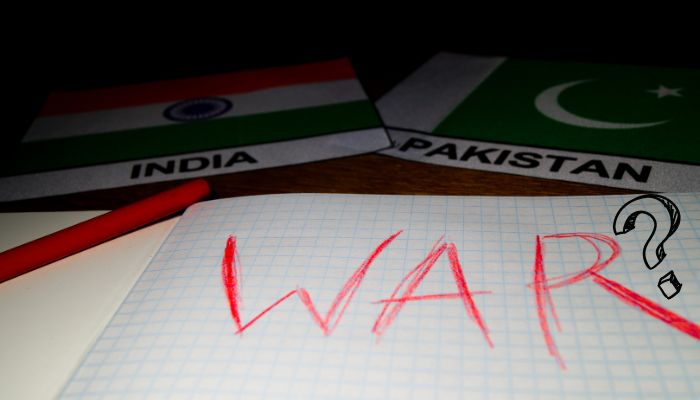
With his targeting of the US government (as he prepared for an ouster that he knew was coming the moment he decided to manufacture Notification Gate), Imran Khan has set the bar for behaviour that is deleterious to Pakistan’s core national interest. But there is context to this behaviour that needs to be considered.
The post-2016 regime in Pakistan behaved incredibly responsibly in handling the fallout from India’s Balakot attack in February 2019. It also helped secure relative peace on the Line of Control through a re-established ceasefire. But how has the Islamic Republic of Pakistan responded to the unilateral change in the status quo in Kashmir that was enacted with the full support of the spectrum of the Indian polity on August 5 that same year? Here, the record merits more scrutiny.
For many national security analysts, the responsible and mature handling of the February 2019 Balakot crisis was misinterpreted by India as an invitation for the unilateral change in status quo in Kashmir enacted on August 5. Thanks to the enduring integrity of the movement for freedom in Kashmir, the legalese being deployed by New Delhi has no impact on hearts and minds in the Valley. But many would argue that the Pakistani posture on India post 2016 has been weak and needs revisiting.
India today is a regional hegemon driven by radical religious revisionism. It is essentially a bully. One that is being underwritten by the US’s need for a series of regional alliances that can help contain China. Bullies, especially bullies with powerful friends, need to be challenged, not assuaged. Pakistan’s post-2016 regime has been informed by the right instincts on India – but it has not altered or adjusted to the realities of changing geoeconomics and geopolitical alignments. Forget the impact that this obduracy may have had on Kashmiris in the Valley. It may have had more immediate deleterious effects on a number of other key relationships.
Pakistan’s posture with India probably informs how other countries talk to Pakistan. Take a deep look at how Iran, Afghanistan and China have engaged with Pakistan during the post-2016 regime era. If there is consistency, it is that all three key neighbours of Pakistan have sought to pressure Pakistan into behaviours that are in keeping with those countries’ interests – notwithstanding whether they are good or bad for Pakistan. The jury is still out on the extent to which they have succeeded or failed, but if Pakistani military and civilian leaders that are currently not in key decision-making roles want to forge a different path forward for the country they need to figure out a new Pakistani paradigm for how it deals with its neighbours and the four regions for which it is a geographical, economic, logistics and security synapse: South Asia, Central Asia, the Persian Gulf and GCC, and China.
Afghanistan – no matter who is running it – wants all the advantages of an open border with Pakistan, without recognizing the border. Pakistan’s mistake, for over 70 years, is failing to decide whether it wants a hard border or a soft border, and the concomitant policy framework that follows thus, of course, suffers from schizophrenia. Open the border for our sisters and brothers on Sunday. Close it because of terrorists on Tuesday. Open it because exports to Afghanistan are valuable on Thursday. Close it because dollar flow to Kabul is causing downward pressure on the Pakistani rupee on Friday. Let some Afghans and Pakistanis run back and forth across the border without papers on Saturday. And force others to stay on one or the other side of the border on Monday. The result? Let’s take stock.
Despite the important role played by the post-2016 regime in stabilizing the region, and possibly saving thousands of lives through last summer, and especially through the months of July, August and September 2021, the Islamic Republic of Pakistan gets no credit from either the West or from Afghans. Instead, it is stuck wearing the stink of airstrikes in Afghanistan and the stench of negotiating on the 25th Amendment at home. One could argue that Afghans and those interested in the security of the region as it relates to Afghanistan have taken Pakistan for granted, in part because it has demonstrated such keen willingness to compromise with India – why would it then resist compromise with Afghanistan? For proof, one need look no further than at Mullah Yaqoob’s attempts to serenade South Block operators into a conversation about defence cooperation between the Hindu Rashtra and the Islamic Emirate of Afghanistan.
The situation in Tehran may be even more alarming. Egged on by the post-2016 regime, Imran Khan himself left no stone unturned in signaling a willingness to bend backwards to address a litany of issues that the Ayatollahs and the IRGC have had with Pakistan since the revisionist revolution in Iran altered the geopolitical map of the region in 1979. What Iran really wants is something Pakistan cannot and should not even consider giving to it. A decoupling of Saudi Arabia’s core national security interests from those of Pakistan’s is Iran’s principal strategic objective. Even if this is taken to be a legitimate concern for Tehran, the manner of its pursuit is unacceptable.
Here too, Pakistan’s internal dynamic is at fault. Pakistani Shias have endured four decades of hatred, targeted assassinations, takfirization, and discrimination. This has created the opportunity for exploitation of a significant portion of Pakistan that Tehran has availed. It took the Lashkar-e-Jhangvi’s mainstream integration and merger with the Tehreek-e-Taliban Pakistan for some sanity to be restored in Pakistan’s view of its internal security. Both General Ashfaq Parvez Kayani and General Raheel Sharif helped establish clarity on the integral role of sectarian harmony in Pakistan. The post-2016 regime has not reversed course on that clarity, but has failed to establish and sustain an evolution on the issue of sectarian vulnerability in Pakistan.
The result is a large-scale macro-level blackout of increasingly nasty sectarian discourse in Pakistan. The GCC of the 1970s and 1980s in the meanwhile has moved on; religious extremism has been abandoned in favor of modernization, technology and trade. But Iran has not. Like with the Afghans, the Persians too see how Pakistan seems to be willing to compromise on key issues with India. Why would Tehran not take every advantage it seeks?
The Pakistan-China relationship is not adversarial and thankfully free of the existential challenges that populate the dynamics Islamabad has with New Delhi, Kabul and Tehran. For this reason, it may be even more critical to examine the impact of the post-2016 regime’s posture towards India on the receptiveness Pakistan enjoys in Beijing.
Chinese leaders have always encouraged improved Pakistan-India relations, with both formal and informal messaging emphasizing the need to open up trade, regardless of the status of political disputes. What has been achieved on this front however is far from what the Chinese have been asking of its ‘iron brother’. Pakistan has made zero progress on trade with India – and, concurrently, has also failed to secure any progress on the spectrum of political disputes it has with India.
The diminished relationship between Beijing and Islamabad is now being attributed to a renewed interest in rekindling the old strategic romance between Pakistan and the United States. But neither the Chinese, nor the Americans have ever insisted on a zero-sum foreign policy for Pakistan. In fact, both Beijing and Washington DC have a material interest in Pakistan maintaining good relations with both.
Today, having suffered repeated public swipes at China by senior officials – put there because of political decisions post-2016 – Beijing has learnt to negotiate with Pakistan not like an ‘iron brother’, but like a creditor hardened by repeated delinquencies.
Is it unreasonable to lay the spectrum of strategic weakening of the country during the post-2016 regime at the feet of how Pakistan has responded to the Balakot attacks in February 2019 and the unilateral change in status quo in Kashmir on August 5, 2019? The lazy answer is another question: ‘what other options did Pakistan have?’
The harder question is whether any options were discussed or debated. In parliament? In the cabinet? Elsewhere? The military and civilian leadership need to debate this question. Otherwise, it will be decided for Pakistan by others.
The writer is an analyst and commentator.





